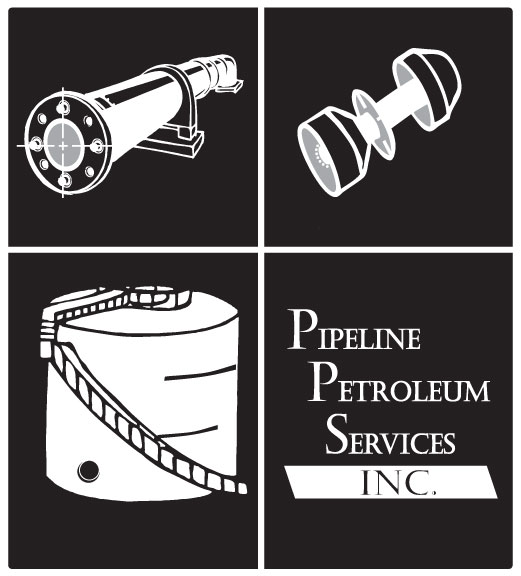- You are here:
- Home »
- Pipeline Pigging
Pipeline Pigging
PPSI personnel have over 30 years’ experience in professional pipeline cleaning services that include mechanical pipe cleaning by pigging, internal high pressure water blasting and flushing. These methods have been proven to be effective in petroleum, LNG, natural gas, as well as process piping and municipal water and sewer pipelines. PPSI has provided these services locally, nationally and internationally for a variety of customers.
Our personnel are DOT qualified for pipeline pigging and our DOT OQ qualifications, safety records, and employee information can be found on the ISNET web site. (www.isnetworld.com)
Mechanical Pipeline Cleaning (Pigging)
Pipeline pigging is a mechanical method of cleaning the interior walls of a pipeline with a tool designed to travel through multiple pipe designs and configurations including dual diameter, tight radius, and HDPE pipelines. These tools can be custom configured by our personnel on site to treat almost any pipe cleaning application including but not limited to the following:
- Chemical Batching to remove paraffin and black powder.
- Progressive pigging to remove tuberculin.
- Vacuum, liquid, or gas flow.
- Product flow diversion and waste separation.
- Vacuum assisted product and waste recovery.
- On-line filtration capabilities to reduce disposal costs.
- Removal of rust, scale, sludge, or contaminated solids or liquids.
- Improved flow rates.
- Pipeline gas-freeing prior to abandonment.
- Change of product / proof of flow rate.
- Post construction / pre-commissioning debris removal.
- Pre-ILI inspection line cleaning and preparation.
- Pigging options include jetting, scraping, wire brushing, magnetic debris removal, wiping, and drying.
- Pig trap, pig valve, quick opening closure, and pig passage indicator installation.
- Pipeline filling, dewatering, and drying to a negative dew point in support of hydrostatic testing.
- Application of corrosion and biological growth inhibitors.
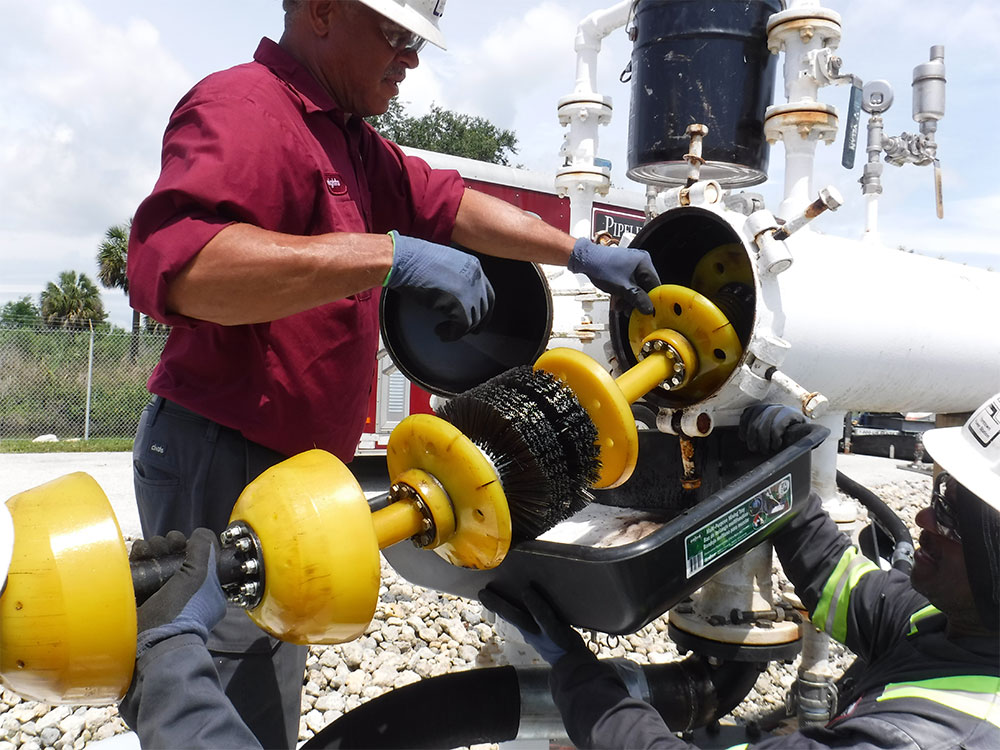
Retrieval of a multi-section cleaning tool prior to MFL tool flight.
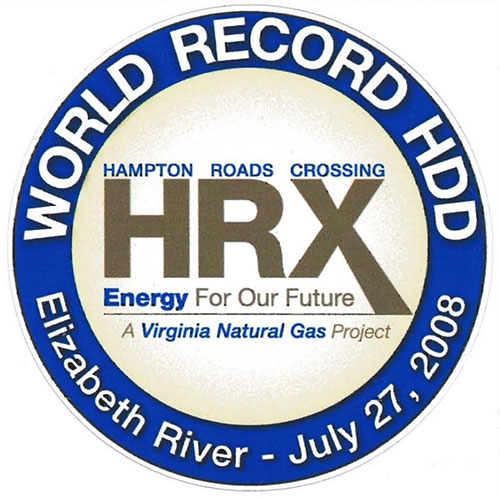
PPSI performed the pre-commissioning cleaning and drying pigging on the Hampton Roads Crossing Natural Gas Pipeline which was, at that time, the world’s longest HDD pullback.
Type II & Type III Hydrant Loop Systems
We have the field experience and knowledge to run mechanical cleaning tools in the Type II and Type III hydrant loop systems utilized by the US Military for aircraft fueling. We have helped to commission and inspect several of these Type III systems, as well as transfer pipelines by pigging at the following US Military Bases:
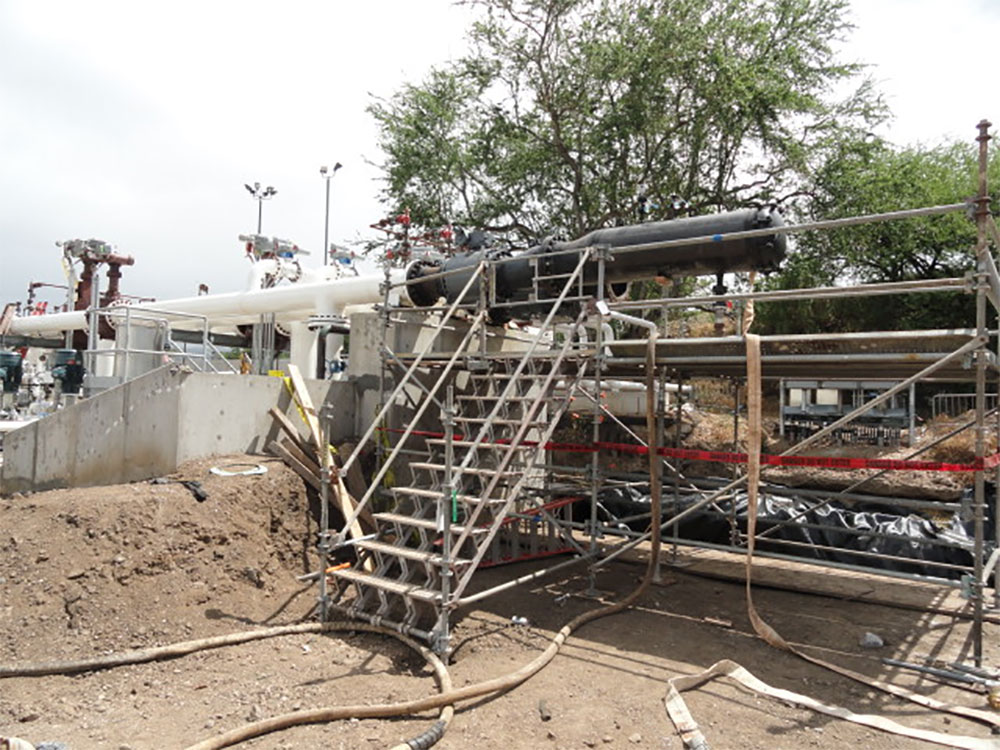
Pearl Harbor temporary pig launcher
- Elmendorf AFB - Alaska
- Eielson AFB - Alaska
- Andersen AFB – Guam
- Nellis AFB – Nevada
- Hickam AFB – Hawaii
- Travis AFB – California
- Al Udeid Air Base – Qatar
- MCAS New River – North Carolina
- Seymour Johnson AFB – North Carolina
- NAS Meridian – Mississippi• Dover AFB – Delaware
- MacDill AFB – Florida
Sequence of photos from the P-200 petroleum fuel pipeline construction project located in Pearl Harbor, Hawaii. This was part of the commissioning pigging of six different product lines. Over 20 pigs of different types was ran through each line. Note different types of pigs used and the amount of debris recovered from the pipelines. This shows the importance of pigging pipelines after construction and before fuel introduction.
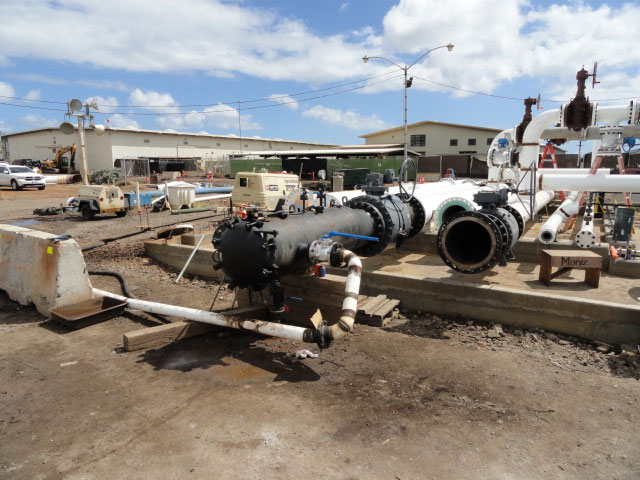
Temporary pig receiver.
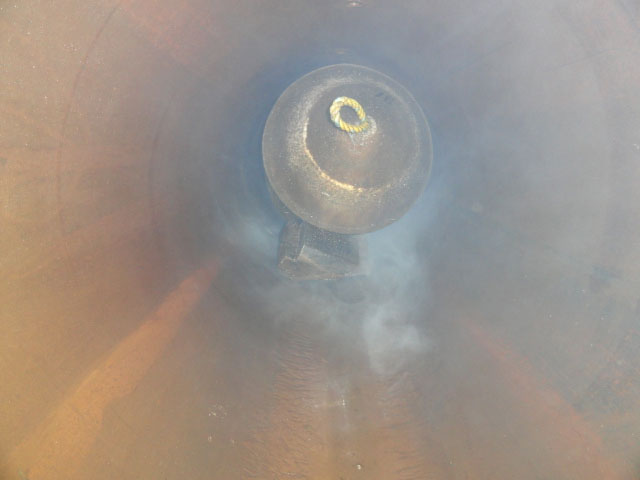
Urethane squeegee pig in the receiver with a piece of timber cribbing.
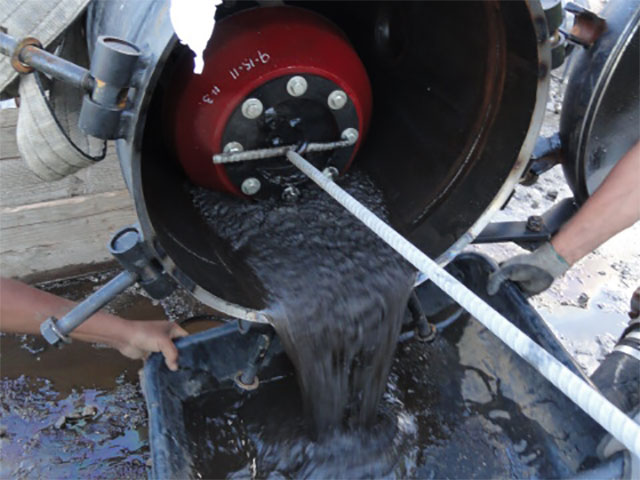
Scraper pig at the receiver with a large amount of mud removed from the pipeline.
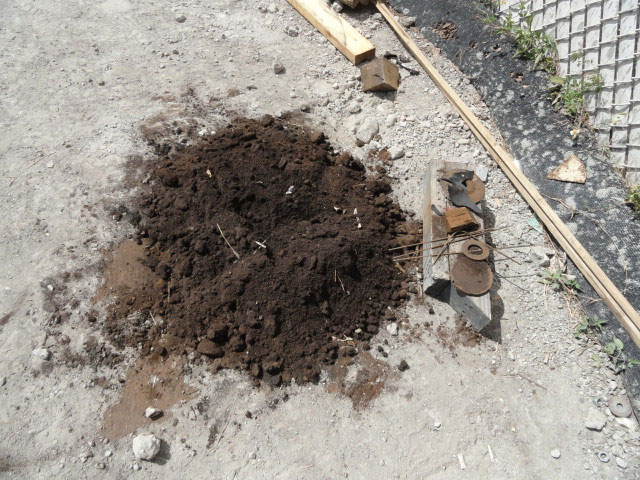
Debris removed from one of the pipelines including grit, grinding wheels, wood, welding rods, and torch cut coupons.
